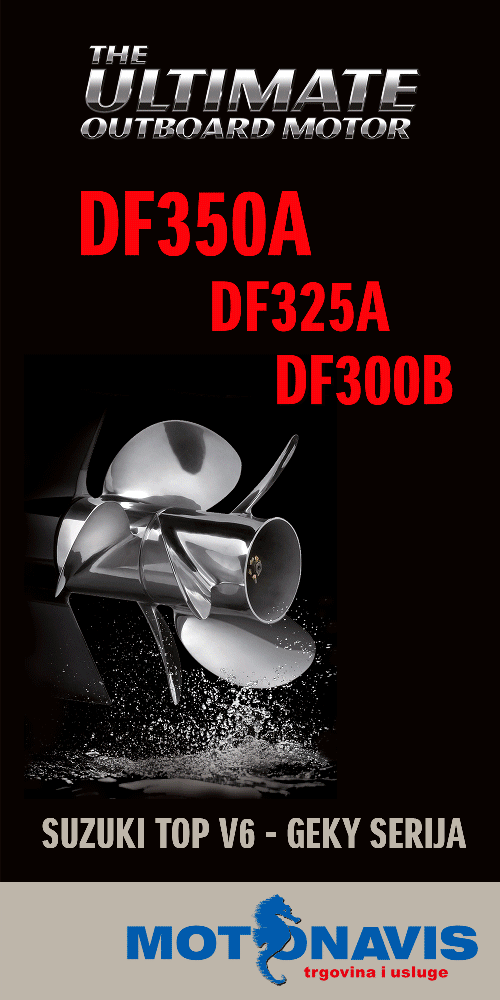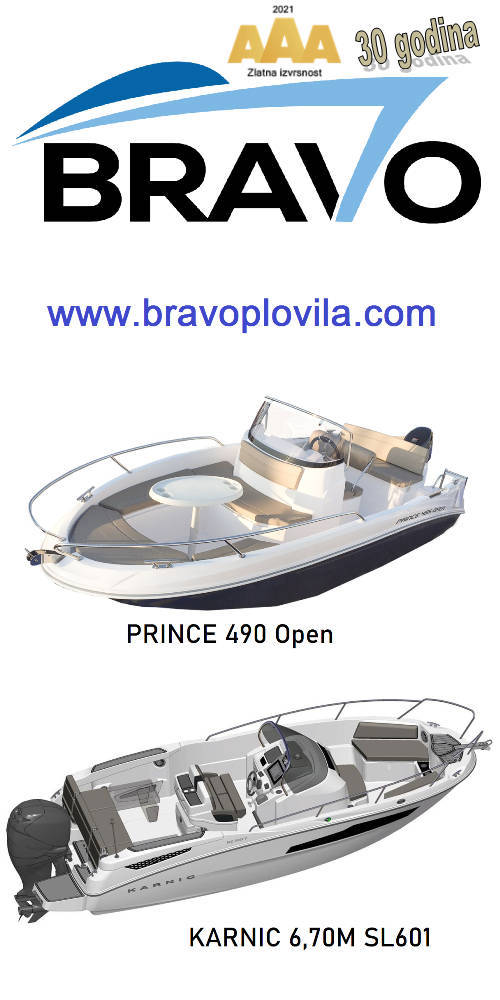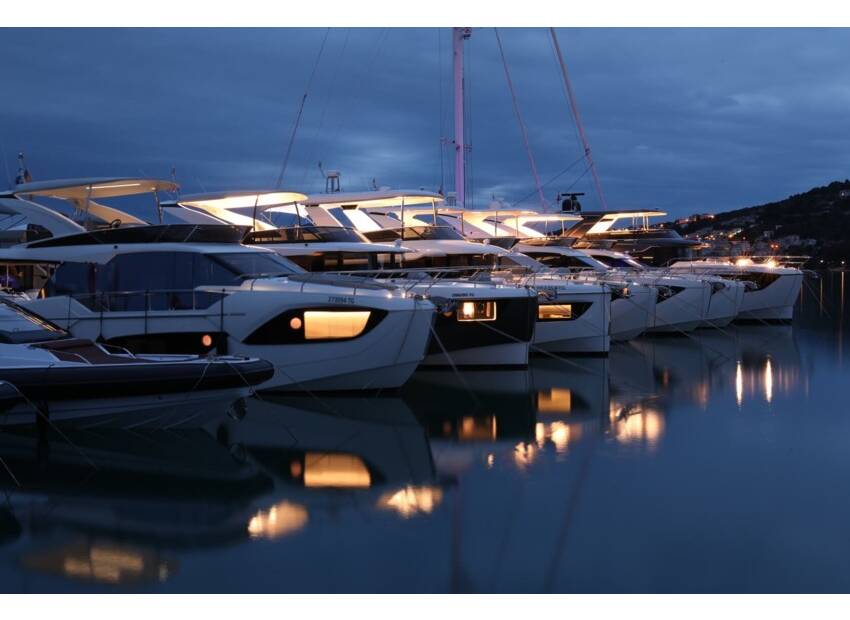Sail across the ocean and dock a boat like a pro. At www.skippertips.com Captain John Jamieson, with 25+ years as a master mariner, has developed a unique, step-by-step training method that will show you the skills you need for safer sailing anywhere in the world. Here is an excerpt from his highly popular eBook "Dock a Boat like a Pro!"…
Two multi-million dollar sport fishermen are docked flush against the fuel dock. The dockmaster has told you to lie alongside in the narrow space between them. You will have about a foot on each side once you dock.
How can you bring your boat alongside under complete control? Let the pros guide you with these easy steps...
When docking alongside a pier or seawall between two boats, aim for a spot aft of the forward boat, equal to about 1/3 of your overall length. Be sure to include any projections like a bowsprit or anchors in your calculation. Point your bow toward this "aim-point" on your approach (see illustration on right).
Here's an example. Let's say you have a 30 foot sloop, with 3 feet of bowsprit and anchors. You would aim about 11 feet (1/3 x 33) aft of the forward boat. Once the bow reaches the aim-point, use an after bow spring to hold your position and work the stern in to the pier. We will talk more about wind and current approaches in Part IV of this e-book. But for now, we will make our approach with no influences from wind and current.

Estimate 1/3 of the overall length of your small cruising boat. Include bowsprit or anchor projections. Use this to locate the "aim-point" (yellow star) along the pier.
Docking and Un-docking Steps
Once your bow arrives at the aim point, pass the after bow spring around an aft piling.
Then follow these steps:
Docking
1. Turn the sailboat wheel hard away from the pier (or hold the tiller toward the pier).
2. Shift into idle ahead and use minimum throttle.
3. Watch the stern. Keep an eye on the bow to make sure you stay in position.
4. Pass over the rest of the lines when done.
5. For temporary stops, leave the boat in idle forward propulsion with full rudder.
Un-docking
1. Rig an after bow spring so that it loops around an aft piling and back to a boat cleat.
2. Turn the sailboat wheel hard toward the pier (or hold the tiller away from the pier).
3. Shift into idle ahead and use minimum throttle.
4. Watch the stern. Keep an eye on the bow to make sure you stay in position.
5. Once the stern projects into the channel, cast off the spring and pull it aboard.
Back out into the channel.
Now that you know how to locate the magic aim-point and use a spring line to squeeze between two boats, you're ready to surge ahead in the "Docking a Boat Like a Pro" series. In part IV you will learn the three secrets the pros use to predict wind and current effects. And, you'll discover an easy technique the pros use to decide which of the four springs they need for perfect landings in any wind or current.
Spring Line Terminology

Spring Line Terminology
Captain John shows serious sailors the skills they need to master the art of sailing, seamanship, and navigation. Now you can benefit from his 25+ years of knowledge and experience at www. SkipperTips.com. As a SkipperTips member, you will receive fresh articles and videos to your inbox every week. You will have access to over 365 archived sailing tutorials, 70+ sailing instructional videos, and 90+ back issues of insider newsletters, and hundreds of dollars worth of valuable eBooks and sailing guides. Plus, you will be able to participate in the live discussion forums to get your most pressing sailing questions answered by Captain John himself!
SkipperTips.com offers two membership packages: $4.95 per month or $48.00 for a one full year (the yearly membership saves you $11.40!) Click here to sign up.
UK-Halsey Sails






















